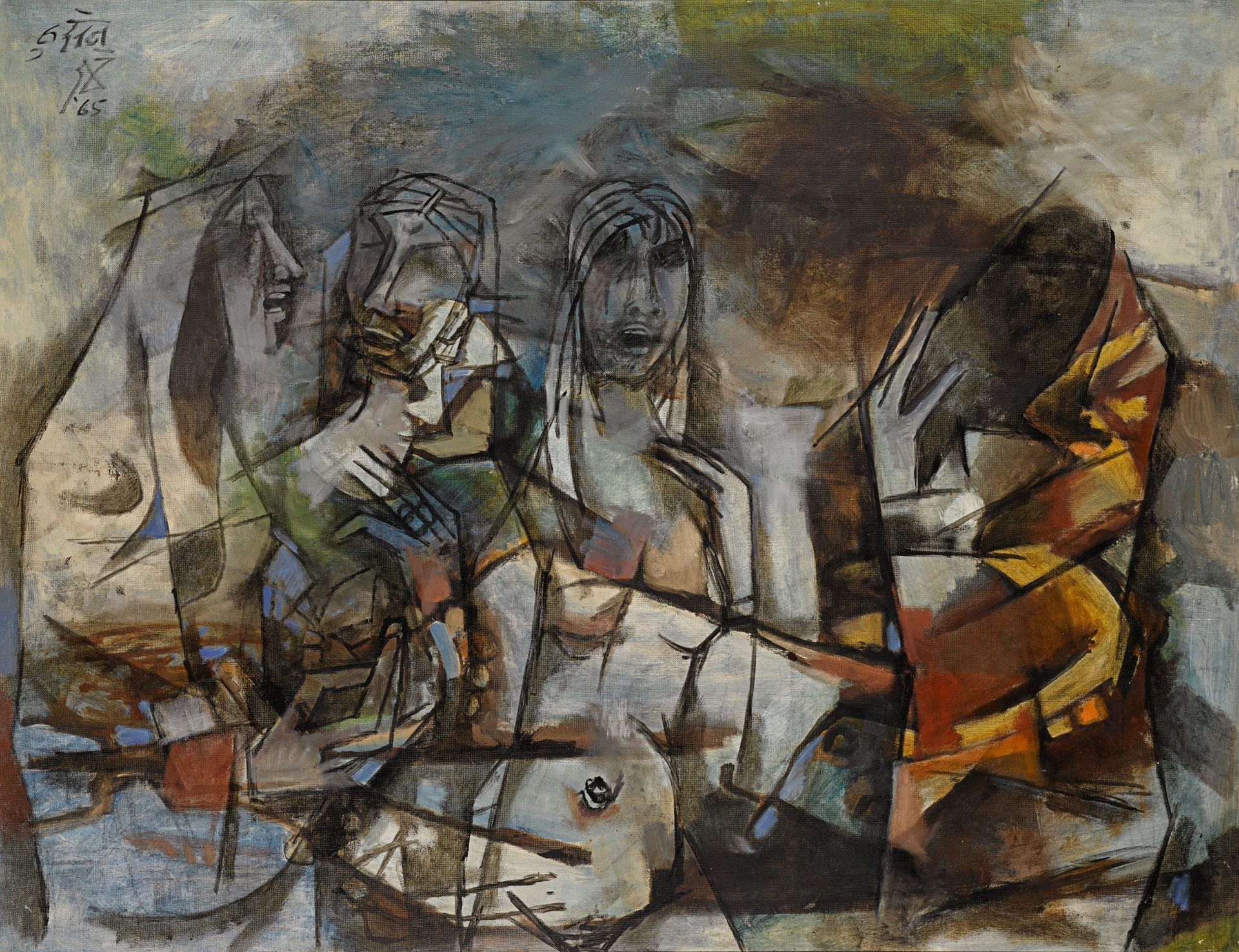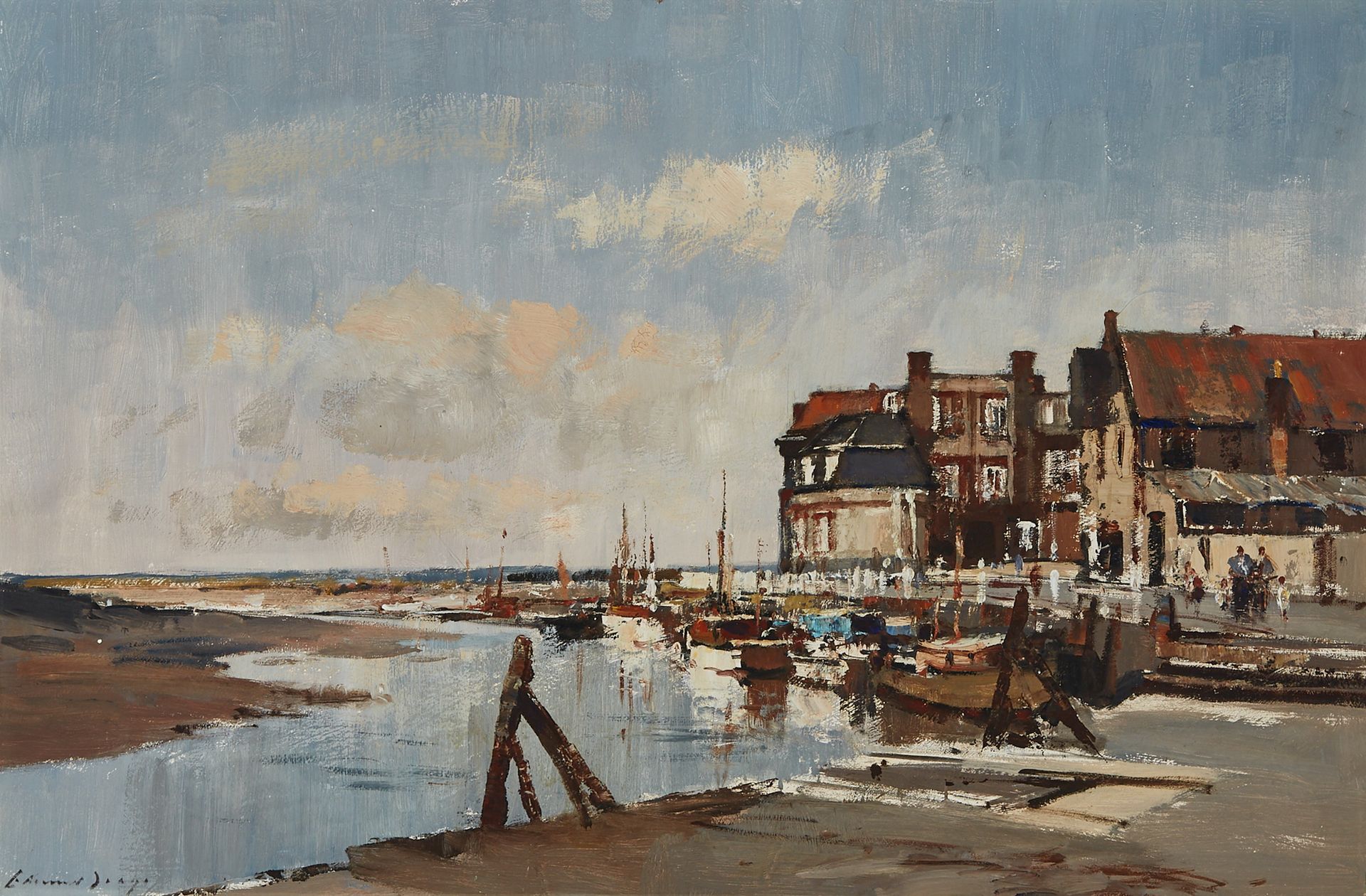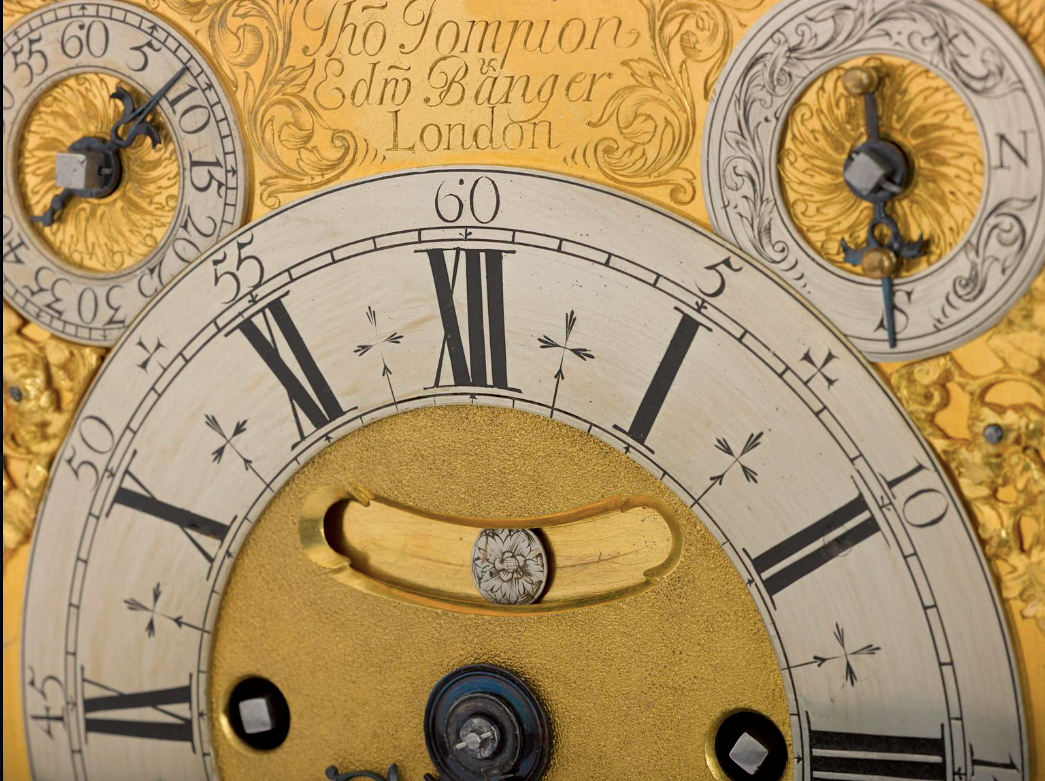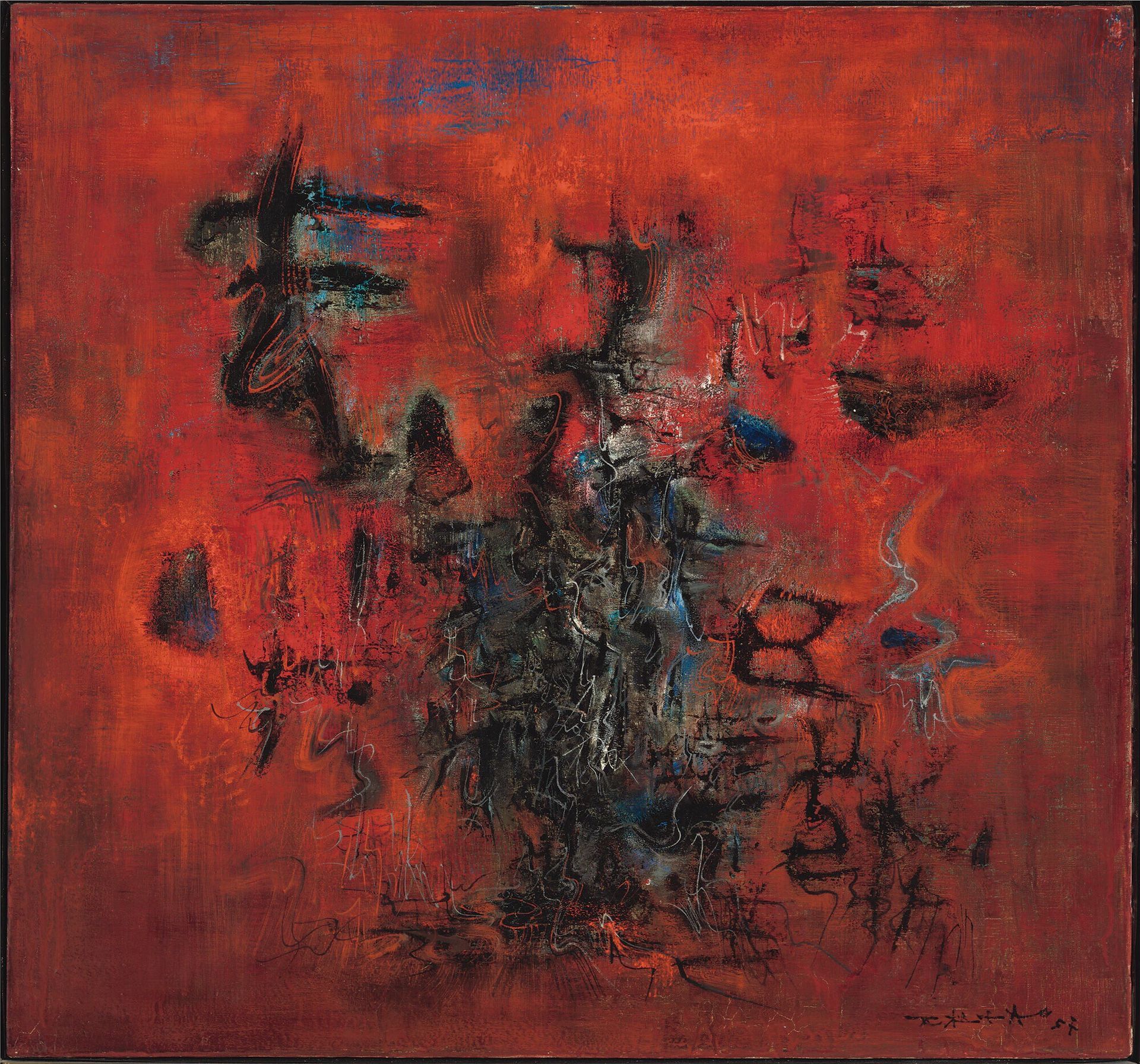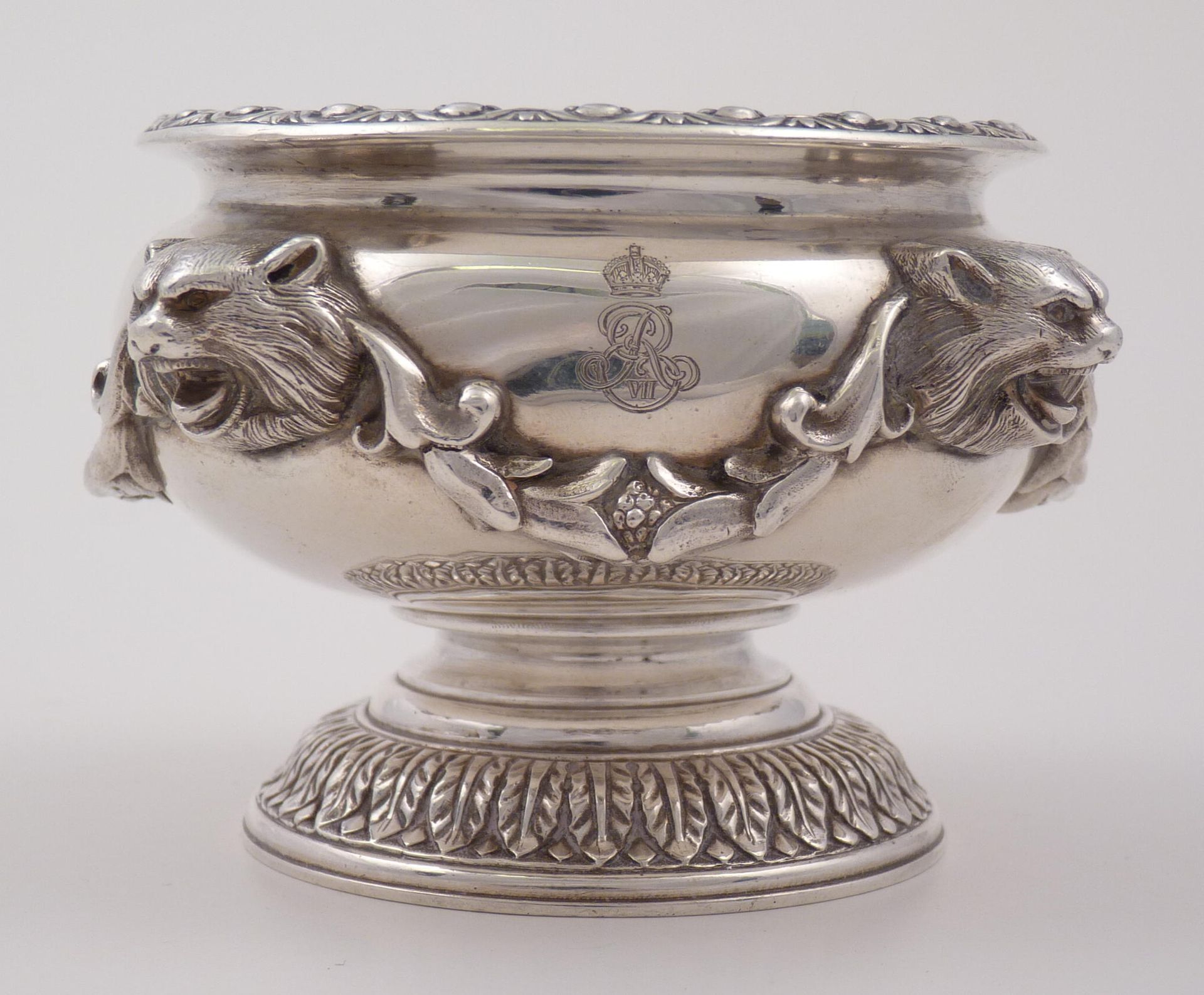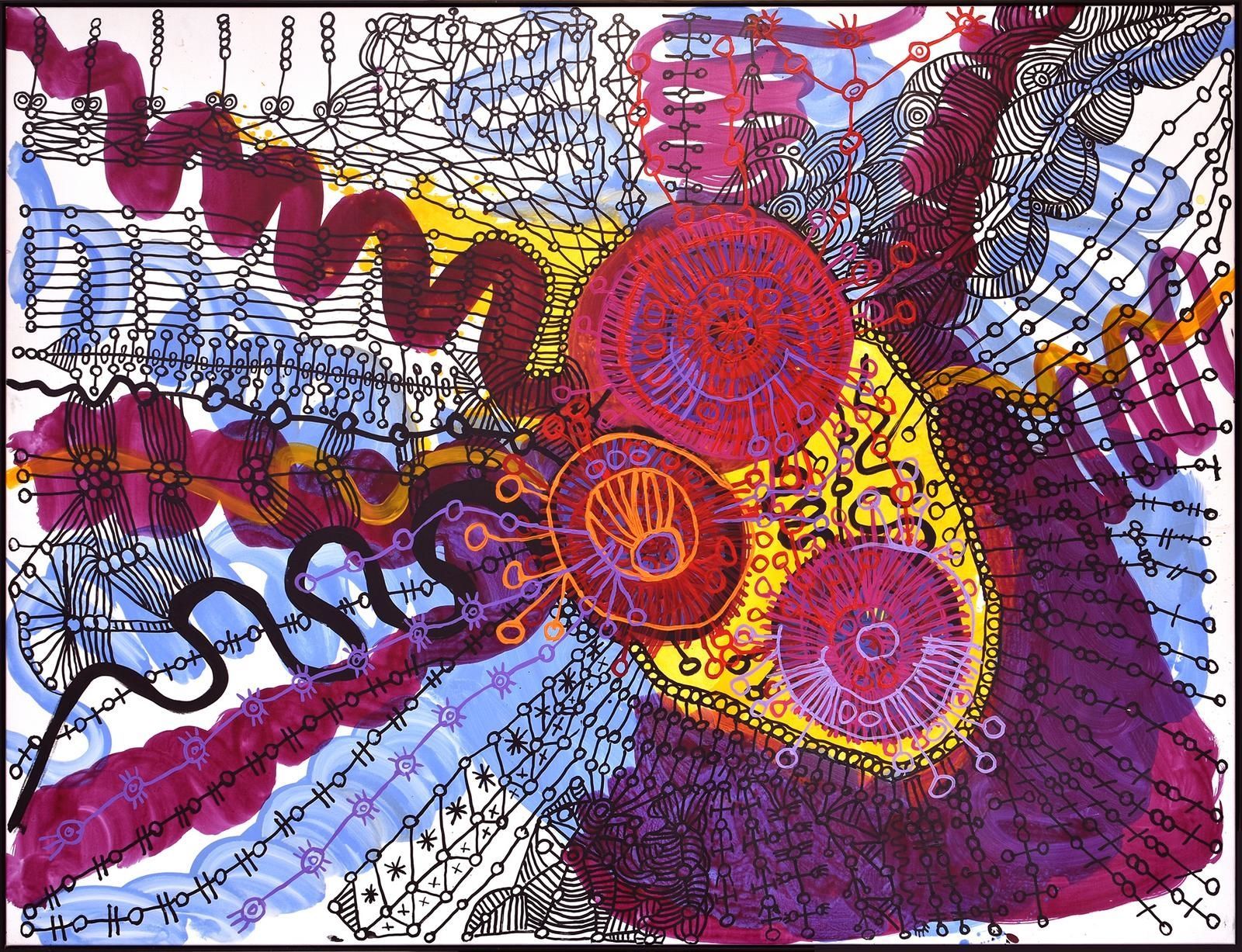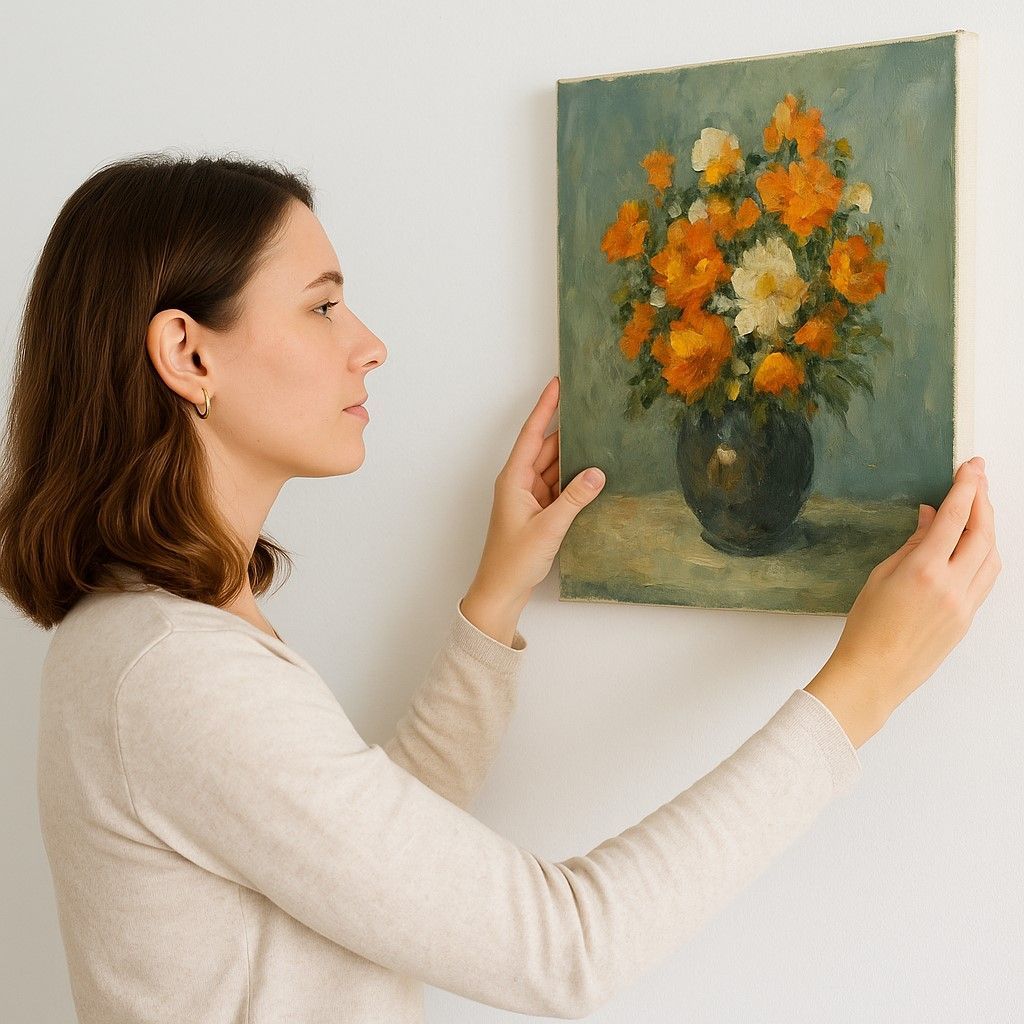Share post
Please enjoy this insight to the growing market for Oriental works by one of our fine art and antiques valuers here at Quastel Associates; Ben Gamble.
"Combining exquisite craftsmanship and motifs from eastern culture, Oriental antiques and artworks have long been sought after by collectors and enthusiasts for both their intricacy and decorative qualities. In recent years, with China’s rapid economic growth, there has been resurgence in overseas interest in Oriental art works; with many wealthy Chinese looking to buy back their artistic treasures, and the Japanese equally keen to bring home pieces of historic and artistic importance.
As such, we have seen a considerable rise in interest in Oriental pieces over the past five or six years – in fact, in the early years of this resurgence auction rooms across the country saw such items go for way above the estimated sale prices. This is driven by a combination of new wealthy generation keen to have a stake in their artistic heritage and the rise of live online bidding – meaning it’s easier than ever for bidders to participate in ‘real time’ in a sale regardless of where they are in the world.
When it comes to what sells especially well, as with the antiques market in general, it all comes down to quality first. Items of high quality and in good condition are in huge demand, with common items or those mass-produced for the tourism trade the least likely to perform.
And it’s not just the Eastern market that is driving up sales of furniture in particular – as the European market continues to favour modern interior décor, the clean lines typical of even antique Oriental furniture make them popular purchases as a show-stopping feature for sleek, modern interiors. Also, Korean and Japanese ceramics are selling well as buyers develop an interest in more of the Eastern cultures, so we anticipate further growth in these markets in the future.
When it comes to telling whether you have a Chinese ceramic piece that might be worth something, expert advice is essential. Chinese ceramics are categorised based on the dynastic period during which they were created. Particularly good examples from any of the periods will always remain popular, but perhaps the best-known periods remain the Ming dynasty (1368-1644), the Kangxi dynasty (1662-1722) and the Qianlong dynasty (1736-1795). However, granny’s ‘Ming vase’ might not be all it seems – there are many copies out there, a lot of which are antiques in their own right and may have some value, but nowhere near that of the ‘real deal’. In such a tricky market, seeking the advice of an expert valuer is key.
While ceramics, furniture and other decorative works remain buoyant, one area that is seeing a complete reversal in its fortunes is that of ivory artworks. Where once figurines and other items intricately carved out of the controversial material attracted a strong following of collectors and could see lots sell for thousands, the forthcoming introduction of a strict ban on the sale of ivory in the UK will see the bottom pretty much drop out of the market and make most ivory items fundamentally of no value. There are a few exceptions – in the form of the very rarest and best examples of ivory artwork, which must be proven to be over 100 years old and dependently assessed for their importance by specialist institutions such as the UK’s most prestigious museums before exemption permits are issued."
To find out more about an art and antiques valuation with Quastel Associates, please call us on 0207 253 1710 or click here.

